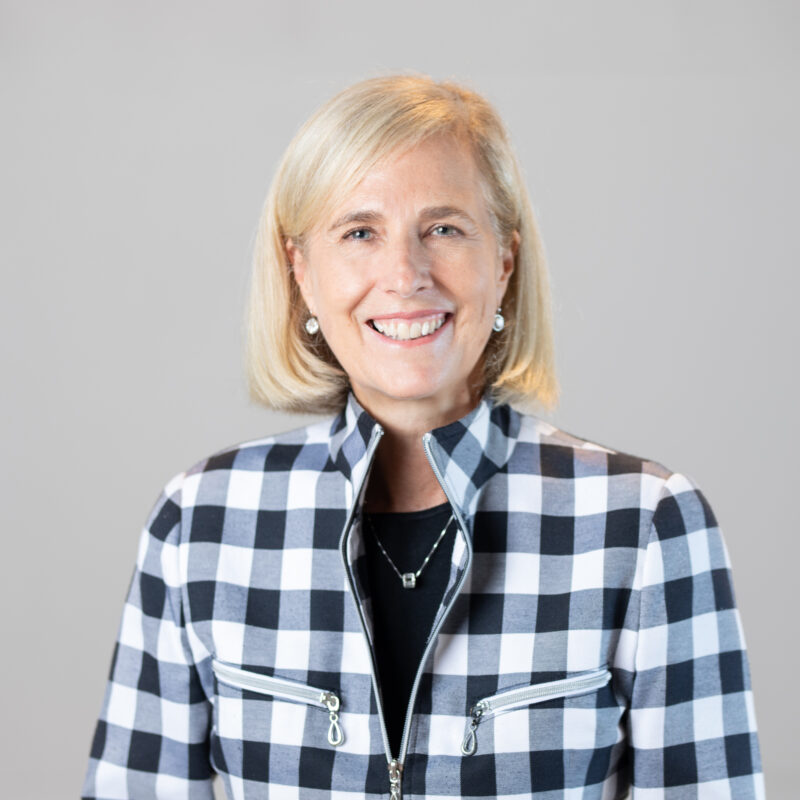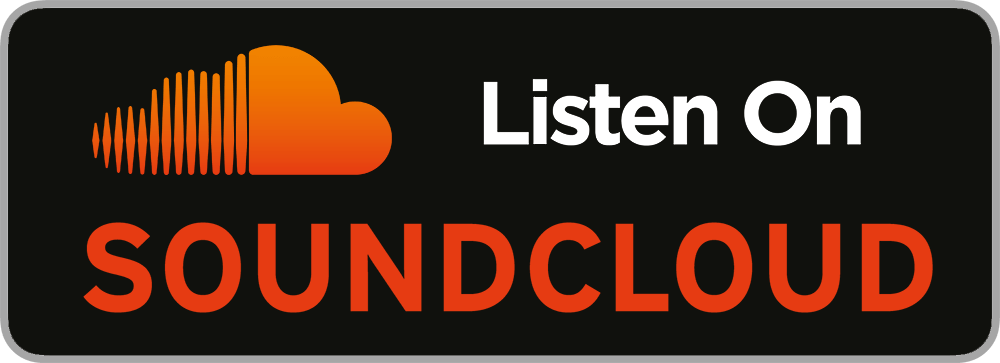Respected diversity, equity and inclusion leader Liz Griffin outlines how to create sustainable and effective DEI initiatives that help to move a business towards its broader goals.
To launch season three of AHRI’s podcast, Let’s Take This Offline, our host, Tani Jacobi CPHR, Acting General Manager of HR Standards and Capability at AHRI, speaks with Liz Griffin, a seasoned DEI leader with experience at Qantas, Commonwealth Bank, EY and Minderoo Foundation.
Together, they explore the nuances of building inclusive cultures, navigating DEI maturity levels in your business and crafting strategies that align with business objectives.
Below is a snippet of their conversation, edited for clarity. You can listen to the full episode below or on your preferred streaming platform.
The importance of deep listening before designing DEI initiatives
Tani Jacobi CPHR: Liz, I’d like to start our conversation by talking about something that I know is very central to your work, which is the concept of deep listening. Can you tell us more about what deep listening means to you, and perhaps share some examples of what this looks like in practice?
Liz Griffin: For thousands of years, our First Nations people have used yarning circles to create safe spaces to share stories and knowledge, and to demonstrate deep listening and explore ways to learn and solve problems collectively.
What I’ve learned over the years is the importance of that stepping back to reflect, listen and discuss, or yarn, before moving to action, because when you do that, it uncovers different lived experiences and supports storytelling about the ‘why’ and the ‘what’, and also enables people to take the journey together.

Why is this important? Well, many organisations approach DEI with really good intentions. However, good intentions and passion alone often results in short-term, low-impact initiatives that can fall short of creating lasting change.
Let me give you an example. I had the opportunity to work on the very first Australian First Nations Employment Index. I got to work with organisations across all three sectors: public, private, not-for-profit. What we found was there were lots of organisations that had a commitment to reconciliation, and one of their goals is often to increase the number of First Nations employees.
With great intent and passion, I see leaders focus on targets and recruitment without reflecting and discussing the ‘why’. Why do we want to increase First Nations employment? Is our brand and reputation attractive to First Nations people? What do our current employees say? What do our Aboriginal and Torres Strait Islander customers say? What do the communities we operate in say? Can First Nations employees thrive and have a career, not just a job here? It’s critical to take a very strategic and thoughtful approach with any kind of DEI strategy. And one of the areas is starting with reflection, deep listening and learning.
Assessing your organisation’s DEI maturity level
Tani Jacobi CPHR: So let’s say we’ve done the deep listening, and we’ve decided upon embarking upon developing a strategy, or a set of initiatives. One thing I’ve learned is that it’s really important to meet an organisation where it’s at on its journey, not to come in with all these grand ideas to try and make change. Intertwined into that is this idea of DEI maturity. How can businesses assess their maturity to ensure they’re choosing the right goals?
Liz Griffin: The danger is that we get very enthusiastic and just jump to action. That’s a very Western way of thinking: ‘Let’s get things done quickly!’ There’s this sense of urgency.
The critical first step is to really gain a deep understanding of the organisation’s context, both internally –thinking about the organisation’s strategic priorities, so what’s the organisational culture like? Who are the key stakeholders? What’s been our current approach? And then consider the external, global and national context.
“Good intentions and passion alone often results in short-term, low-impact initiatives that can fall short of creating lasting change.” – Liz Griffin
And part of those conversations is around assessing progress. AHRI’s Diversity and Inclusion Maturity Model is a good way to really have those conversations. The model itself has got three levels, and each one of the three levels supports and enhances each other.
The first level is all around compliance. This is about how organisations ensure adherence to legal and ethical standards, and especially as laws and expectations change. This is obviously a minimum requirement.
The second level is around programs. So this is the way we support by including and valuing difference and lived experiences. This is where organisations implement structured and targeted DEI initiatives, moving beyond compliance, and considering different lived experiences and actively fostering diverse, equitable and inclusive environments.
The third level is culture – the way we do business. So this is where DEI is deeply embedded into the organisation’s DNA and into the business strategy. It’s inherently influencing all aspects of operations, experience and decision-making.
Embed stronger DEI initiatives and practices into your business with AHRI’s introduction and advanced-level DEI practices short courses.
Listening to your detractors
Tani Jacobi CPHR: I imagine many HR practitioners reading this are nodding along in agreement but maybe feeling like they are up against the wall. What sort of resistance have you encountered in your time that some of our listeners are experiencing at the moment, and what tips would you have for them?
Liz Griffin: I think everybody is facing all of the different perspectives of what people think about diversity, equity and inclusion and some of the backlash from it, particularly in this current environment. But I have to say, even in the 40 years I’ve been in the workforce, there’s always people with diverse points of view. And you know, let’s face it, we don’t want everyone to think the same. So I always see it as an opportunity. Yes, it can be challenging, but also it’s an opportunity, and when having those conversations, we need to take a very thoughtful and strategic approach.
I always say to groups, ‘This isn’t about me changing your point of view. You’re entitled to your point of view. It’s about respecting that people have different points of view too.’
It’s really about listening to people. When people don’t feel like they’re being listened to, there’s either lots of backlash or they feel a bit like, ‘What’s the point?’ So look for opportunities and gaps, as well as enablers and barriers.
Tani Jacobi CPHR: You need your detractors in the room too, don’t you?
Liz Griffin: You do. That’s right. They give you some good insights into some of the risks too. What I’ve found is that the development and implementation planning stage is quite critical, because then it is around that, how do you integrate what you’re doing into the way that your organisation works day to day?
Because what I find is people will say, ‘Oh, great. You want me to learn this new procurement system, I’ve got all these new risk processes, I’ve got to do a performance management process, and now you also want me to do DEI.’ So you need to consider how you make sure it’s baked into the structural elements and cultural elements of your organisation.
And the other areas that we either are very complex or a little bit airy fairy about is the way we talk about diversity, equity and inclusion. We need to get really clear around specific and practical capabilities and accountabilities. A lot of organisations I work with spend time on awareness and engagement, but then not on the capability. Hence why some people think DEI doesn’t work – they haven’t been given the capabilities, and things like inclusive design are a capability. Think about how you take people on the journey, but also equip them too, so that they can actually demonstrate inclusion.
This is an edited excerpt from Liz Griffin’s podcast episode ‘How to design DEI Strategies that stick’. Listen to the full episode here and subscribe to ensure you never miss a future episode.




